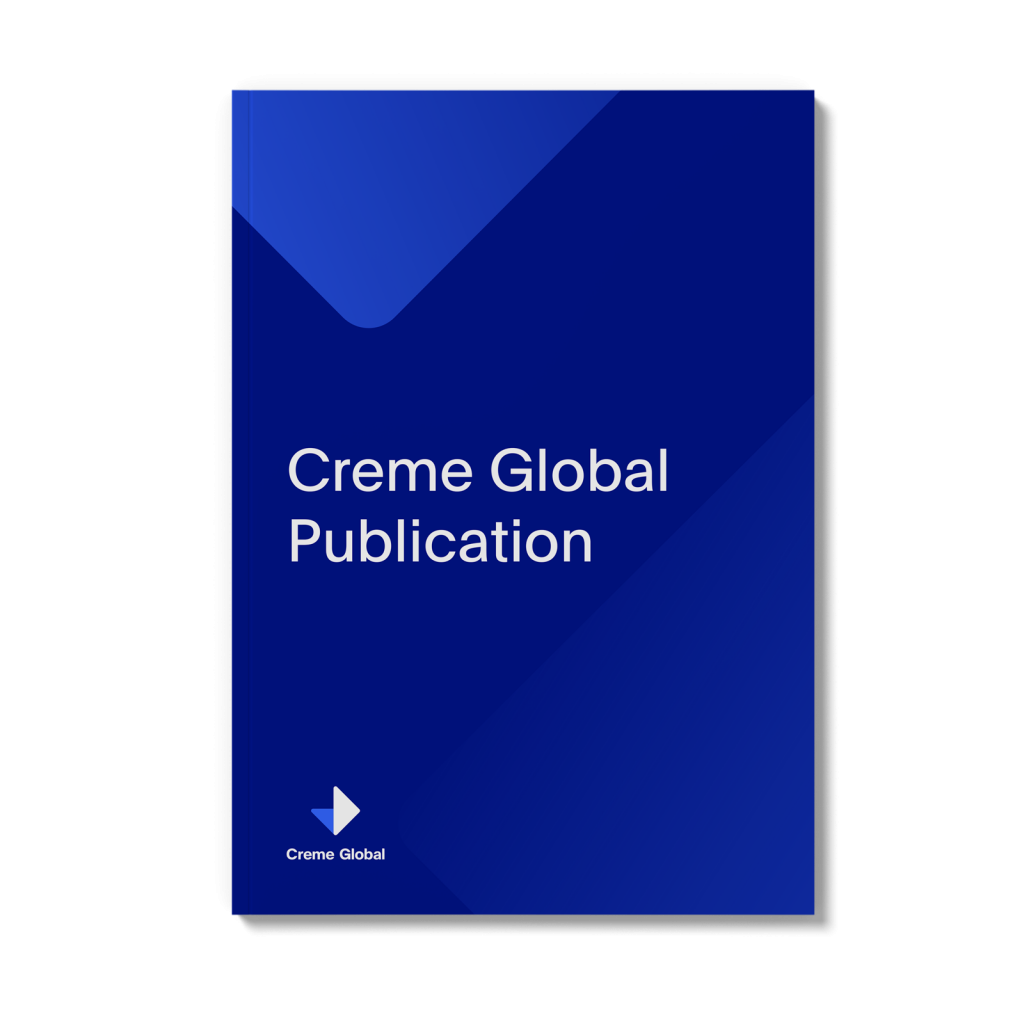Conventional culture-based techniques are largely inadequate in elucidating the microbiota contained in an environment, due to low recovery within a complex bacterial community. This limitation has been mitigated by the use of next-generation sequencing (NGS)-based approaches thereby facilitating the identification and classification of both culturable and uncultivable microorganisms. Amplicon targeted NGS methods, such as 16S ribosomal RNA (16S rRNA) and shotgun metagenomics, are increasingly being applied in various settings such as in food production environments to decipher the microbial consortium therein. Even though multiple food matrices/food production environments have been studied, the low-moisture environment associated with bakery food production remains to be investigated. To address this knowledge gap, in this study, we investigated the microbiome associated with two bakery production sites (designated as A and B) located in Ireland using 16S rRNA-amplicon-based sequencing. Amplicons corresponding to a hypervariable region contained within the 16S rRNA gene were amplified from DNA samples purified from environmental swabs and ingredients collected at both sites at various stages (preparation, production, postproduction, and storage) across the bakery production chain, over three seasons (winter, spring, and summer). These amplicons were sequenced, and data were analyzed using the mothur pipeline and visualized using MicrobiomeAnalyst and a series of R packages. The top seven bacterial phyla identified at both sites were composed of Proteobacteria, Firmicutes, Actinobacteria, Bacteroidetes, Deinococcus-Thermus, Patescibacteria, and Verrucomicrobia. In addition, the phyla Tenericutes (Mycoplasmatota) and Acidobacteria were observed only in samples taken at site B. Different bacterial compositions were identified at each stage of production. These same bacteria were also found to be present in the final processed food suggesting the influence of the environment on the food matrix. This study is the first demonstration of the utility of 16S rRNA amplicon-based sequencing to describe the microbiota associated with bakery processing environments.
Dechamma Mundanda Muthappa, Sakshi Lamba, Sathesh K. Sivasankaran, Ankita Naithani, Noel Rogers, Shabarinath Srikumar, Guerrino Macori, Amalia G.M. Scannell, and Séamus Fanning
11/07/2022
Download Publication >>>
16S rRNA Based Profiling of Bacterial Communities Colonizing Bakery-Production Environments

Authors: Dechamma Mundanda Muthappa, Sakshi Lamba, Sathesh K. Sivasankaran, Ankita Naithani, Noel Rogers, Shabarinath Srikumar, Guerrino Macori, Amalia G.M. Scannell, and Séamus Fanning